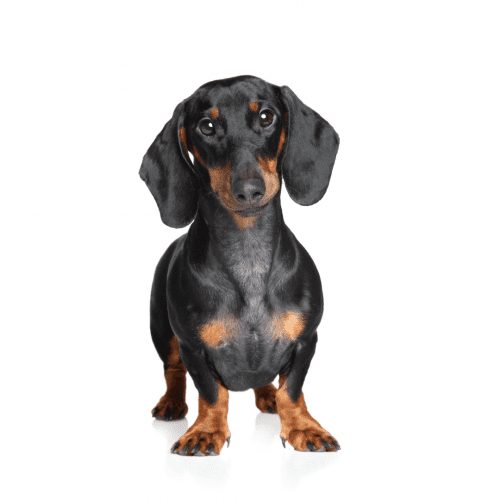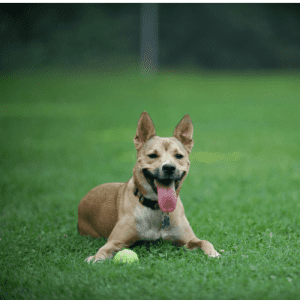
What Is The History Of The Carolina Dog Breed aka American Dingo or Dixie Dingo?
The Carolina Dog is a type of feral dog that is native to the southeastern United States. These dogs are also sometimes called American Dingos or Dixie Dingos. The Carolina dog breed is thought to be descended from Asian canines that were brought over to North America by early Native Americans. These dogs adapted to life in the southeastern United States and became a distinct breed. Carolina Dogs are known for their loyalty, intelligence, and hunting ability. They are also considered one of the most versatile dog breeds, as they can excel at various tasks such as herding, guarding, and even agility. Carolina Dogs are still relatively rare today, but they are gradually becoming more popular as pets.
What Does A Carolina Dog Breed aka American Dingo or Dixie Dingo Look like?
The Carolina Dog has a short, dense coat, preferably red ginger with pale buff markings over the shoulders, and pale white along the muzzle. The hair on the back is often darker than the hair on the sides and belly. The breed does not have an undercoat, so they do not shed much. Carolina Dogs are considered to be hypoallergenic.
How Big Is An Adult Carolina Dog Breed aka American Dingo or Dixie Dingo?
Males Carolina Dogs aka American Dingos, Dixie Dingos is typically between 18 and 20 inches tall at the shoulder and weigh between 35 and 45 pounds. Females generally are between 16 and 18 inches tall at the shoulder and weigh between 30 and 40 pounds. Males usually weigh about 10% more than females. So, if you have a female that weighs 38 pounds, her male littermate might weigh around 42 pounds. If you have a male that is 19 inches tall at the shoulder, his female litter mate will probably be about 17 1/2 inches tall at the shoulder. But again, some individual dogs will be taller or shorter, or heavier or lighter,
Are There Other Dog Breeds Related To The Carolina Dog Breed aka American Dingo or Dixie Dingo?
Several other dog breeds are related to the Carolina Dog breed. These include the Australian Dingo, the New Guinea Singing Dog, the South American Dhole, and the White Terrier. These breeds share some similarities with the Carolina Dog: (aka American Dingo, Dixie Dingo) Dog, including their independent nature and reputation as intelligent and loyal companions.
What Is The Life Expectancy Of A Carolina Dog Breed aka American Dingo or Dixie Dingo?
A Carolina Dog: (aka American Dingo, Dixie Dingo) Dog typically lives between 12 and 15 years. This breed is known for being a relatively long-lived dog compared to other breeds of similar size. Some individual dogs may live even longer, into their early 20s. The Carolina Dog: (aka American Dingo, Dixie Dingo) Dog is a hardy breed that does not usually succumb to the common health problems that plague other dogs. This, combined with their natural lifespan, makes them an excellent choice for those looking for a loyal companion who will be by their side for many years.
Can A Carolina Dog Breed aka American Dingo or Dixie Dingo Be Trained?
A Carolina Dog: (American Dingo, Dixie Dingo) can be trained to do various things. Obedience training, tricks, and even some forms of protection work are all possible with the right dog and trainer. This breed is very intelligent, and they can be great family pets with proper socialization. Like all dogs, they will need plenty of exercise and mental stimulation to stay happy and healthy.
What Are Some Interesting Facts About A Carolina Dog Breed aka American Dingo or Dixie Dingo?
1. The Carolina Dog is a relatively new breed, only formally recognized in the 1970s.
2. Carolina Dogs are thought to be descendants of canines brought to North America by early Native Americans.
3. The breed gets its name from its place of origin – the American Southeast – specifically, South and North Carolina.
4. Carolina Dogs are sometimes referred to as “American Dingos” or “Dixie Dingos.”
5. These dogs are considered to be among the most versatile breeds, successful as working dogs, companion animals, and even show dogs.
6. Carolina Dogs are intelligent and easily trainable, but they can also be stubborn and independent-minded.
7. This breed is relatively rare, although it is slowly gaining popularity in the United States and worldwide.
8. Carolina Dogs typically have lithe, athletic builds and short coats in various colors and patterns.
9. These dogs are generally healthy and long-lived, with a life expectancy of 12-15 years.
10. Carolina Dogs make loyal, affectionate, and protective companions for those who are prepared to provide them with adequate exercise and training.
How Does A Carolina Dog Breed aka American Dingo or Dixie Dingo Interact With People?
A Carolina Dog: (aka American Dingo, Dixie Dingo) Dog is a great companion for people who enjoy the outdoors. These are known to be loyal and protective of their family and make excellent hiking or camping buddies. Carolina Dogs: (American Dingo, Dixie Dingo) are also intelligent and playful, making them great pets for children. Though they are shy around strangers, they warm up quickly and make wonderful additions to any home.

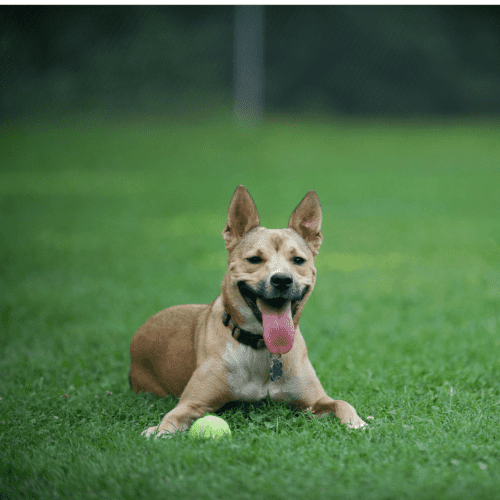
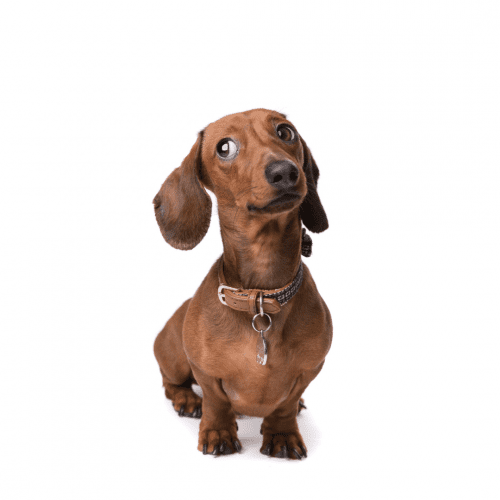

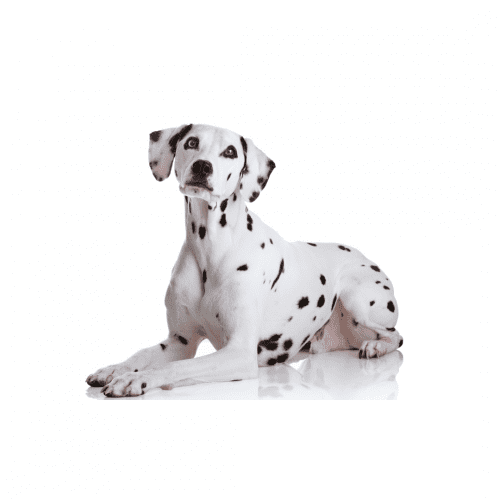

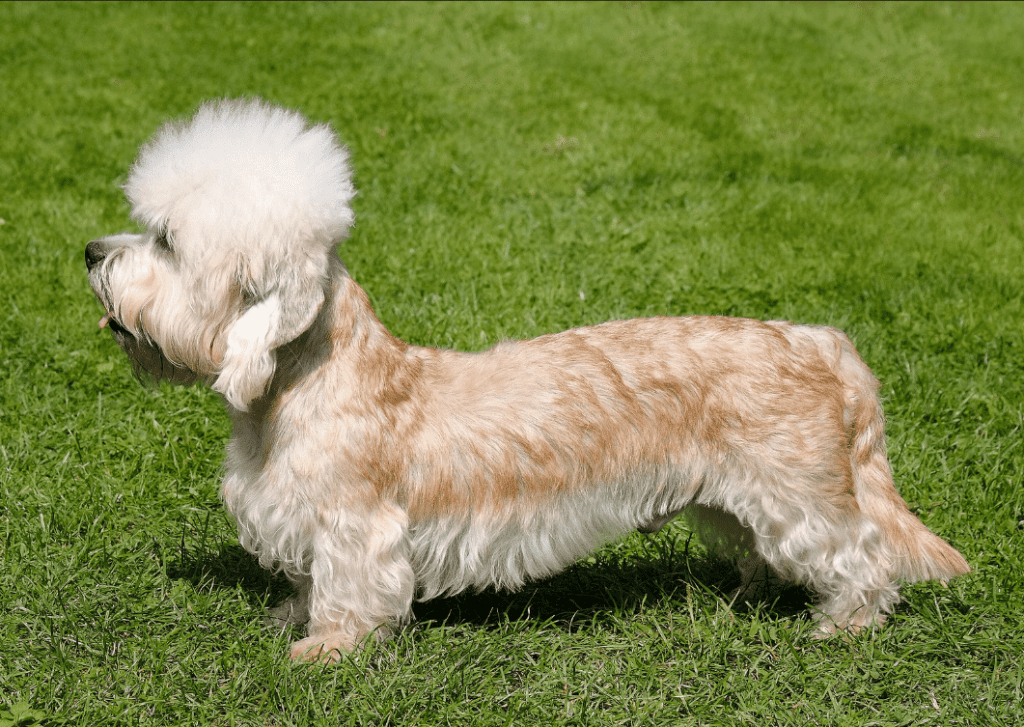
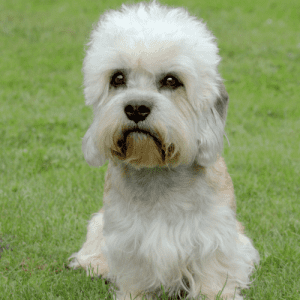
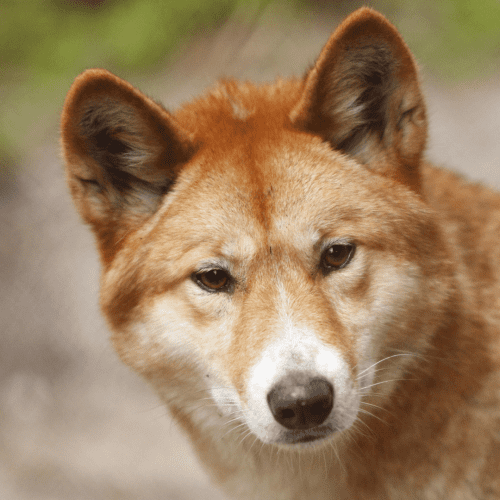

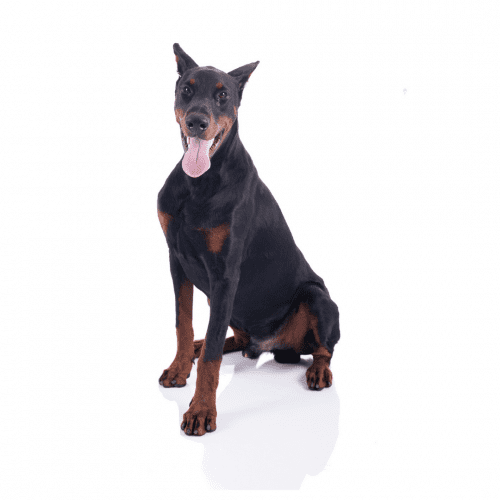
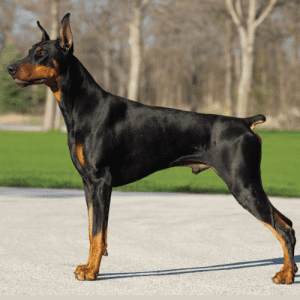
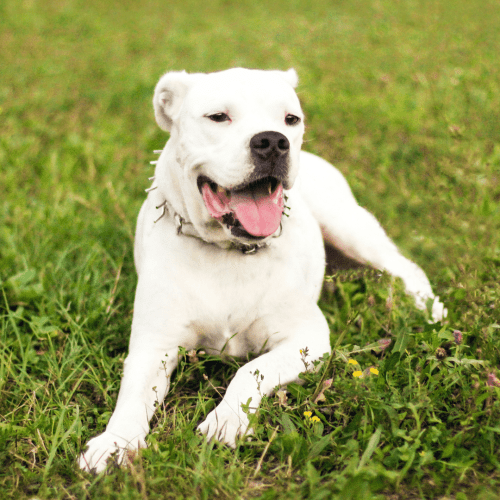
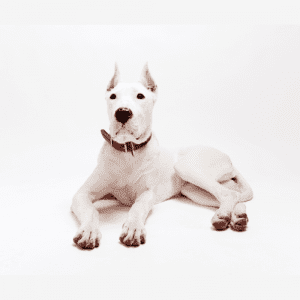
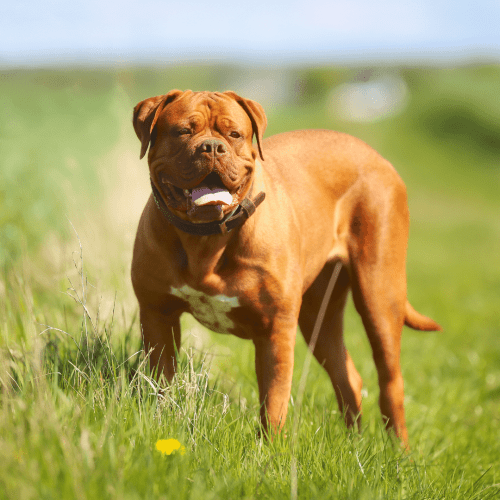
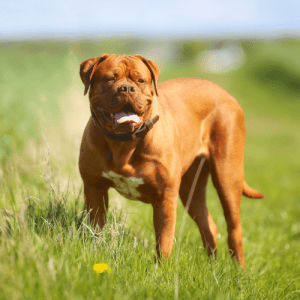
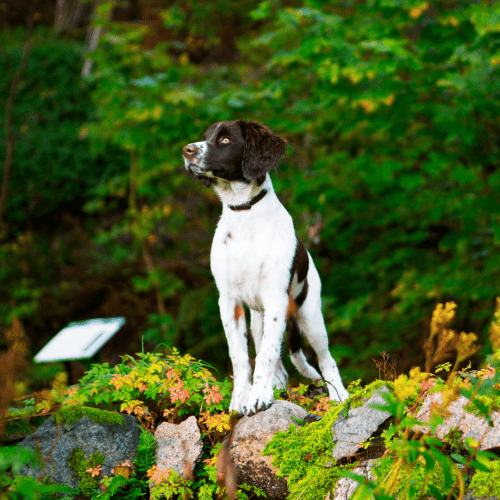
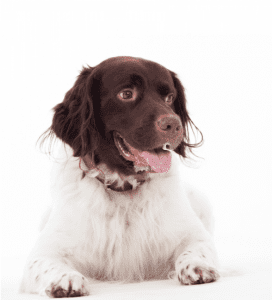
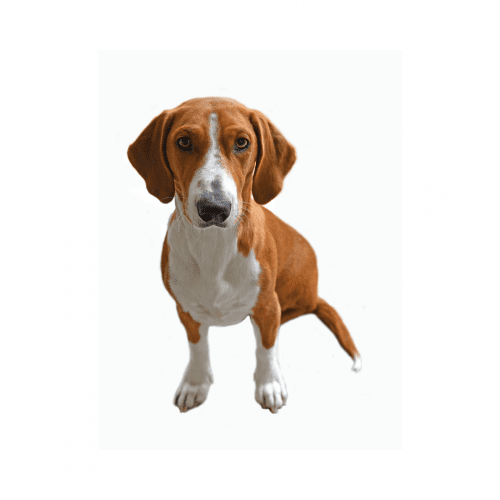

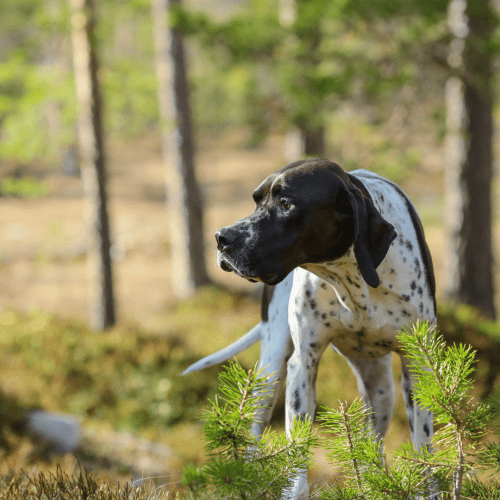
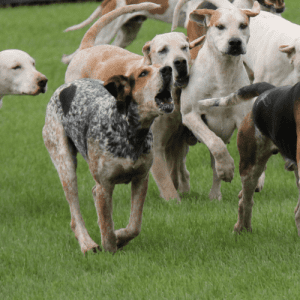
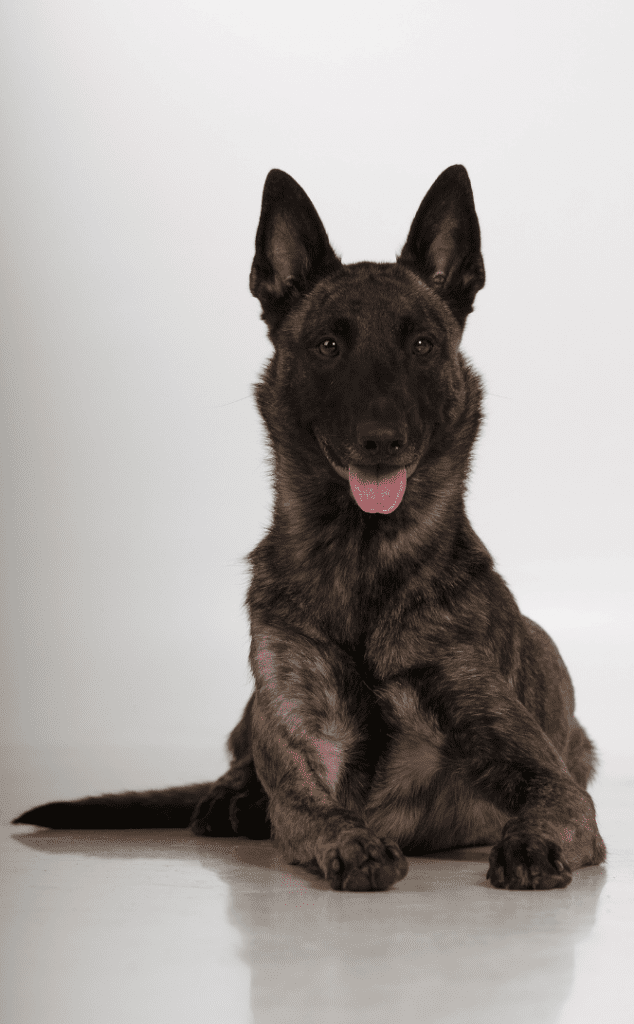

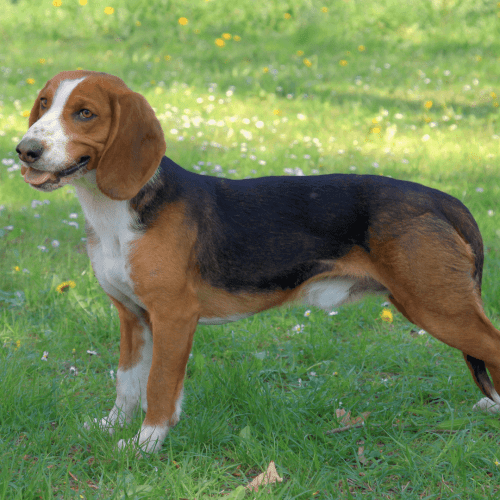
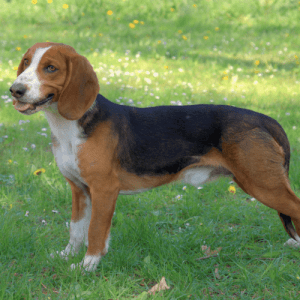 The German Hound is a relatively new breed, having only been developed in the late 1800s. The breed was created by crossing several different types of hounds, including the French Basset, the Hanoverian Shorthaired Pointer, and the German Short-haired Pointing Dog. The breed which resulted was a smaller, more compact version of the French Basset, with a shorter coat and a more hunting-friendly temperament. Today, the German
The German Hound is a relatively new breed, having only been developed in the late 1800s. The breed was created by crossing several different types of hounds, including the French Basset, the Hanoverian Shorthaired Pointer, and the German Short-haired Pointing Dog. The breed which resulted was a smaller, more compact version of the French Basset, with a shorter coat and a more hunting-friendly temperament. Today, the German 